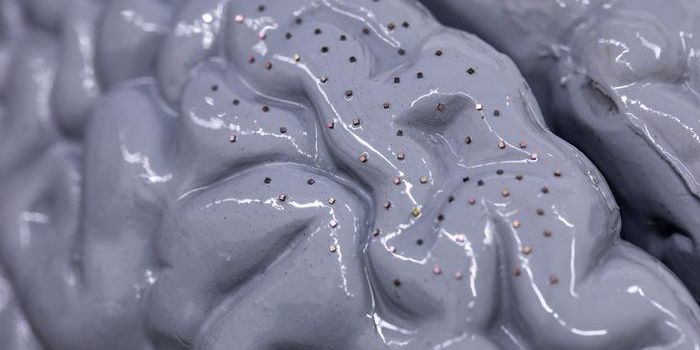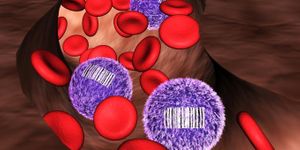Memory is one of the more complex functions of the human brain. Leaving alone the debate about the accuracy of memory and the perceptual and psychological aspects of it, for purposes of this article let's focus simply on the human brain's ability to store and process multiple information threads simultaneously.
That was what a research team at the Royal Melbourne Institute of Technology used to construct an electronic multi-state memory cell at the university's MicroNano Research Facility (MNRF).

The larger goal of the project is to develop a bionic brain that functions effectively as a human brain would to enable advanced neurological research. The hope is that mimicking the key neurological features of the human brain will uncover effective treatment for neurodegenerative conditions like Parkinson's and Alzheimer's diseases without the ethical and legal obstacles involved in using live brains.
The development brings them closer to imitating key electronic aspects of the human brain -- a vital step towards creating a bionic brain -- which could help unlock successful treatments for common neurological conditions such as Alzheimer's and Parkinson's diseases.
The study, published in the journal Advanced Functional Materials, details the novel creation of analog nano cells that, unlike their digital predecessors that use binary code to store data, can store information in multiple states simultaneously.
Lead author Dr Hussein Nili said the new discovery is significant because the nano cells store and process information in the very same way that the brain does. Nano cell-based memories are the first step in developing an artificial intelligence storage system necessary to create a bionic brain.
Nili further explains: "Think of an old camera which could only take pictures in black and white. The same analogy applies here, rather than just black and white memories we now have memories in full color with shade, light and texture, it is a major step."
"We have now introduced controlled faults or defects in the oxide material along with the addition of metallic atoms, which unleashes the full potential of the 'memristive' effect--where the memory element's behavior is dependent on its past experiences."
Dr Sharath Sriram of the RMIT Functional Materials and Microsystems Research Group, added: "This is the closest we have come to creating a brain-like system with memory that learns and stores analog information and is quick at retrieving this stored information.
"The human brain is an extremely complex analog computer...its evolution is based on its previous experiences, and up until now this functionality has not been able to be adequately reproduced with digital technology."
The nano cell technology is built on last year's RMIT work on creating an ultra-thin, stacked memory structure using a functional oxide material. The nanometer-thick structure was 10,000 times thinner than a human hair.
Follow Will Hector on Twitter: @WriterWithHeart
(Scources: Royal Melbourne Institute of Technology; Science Daily)


















































